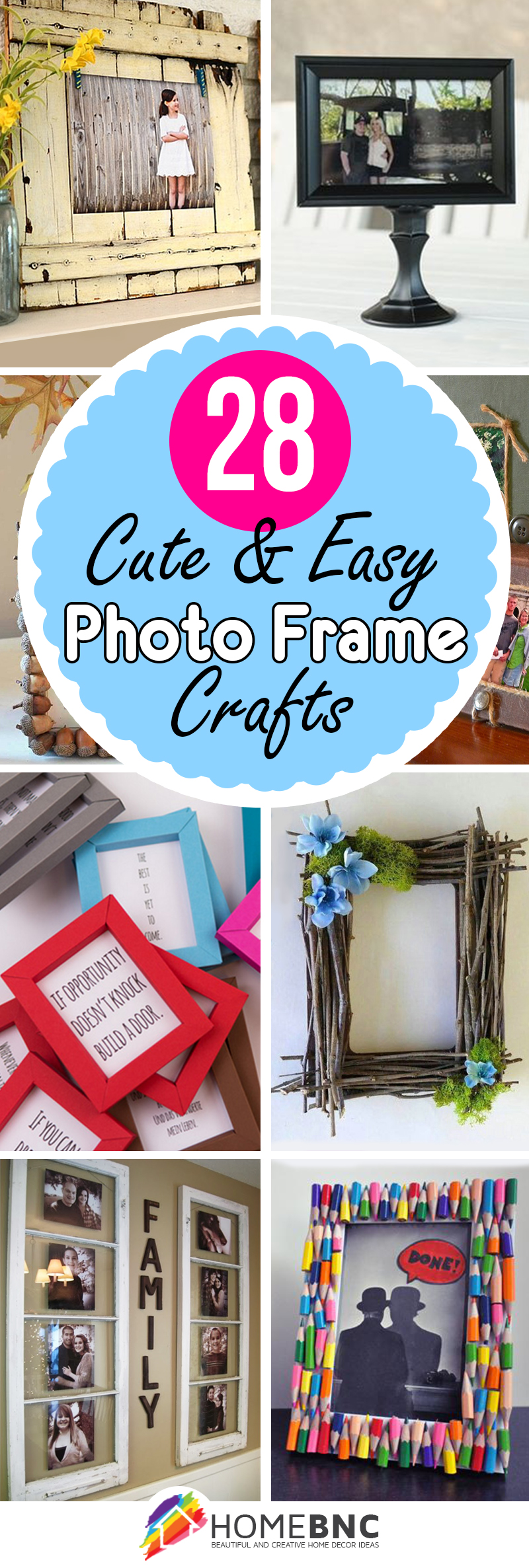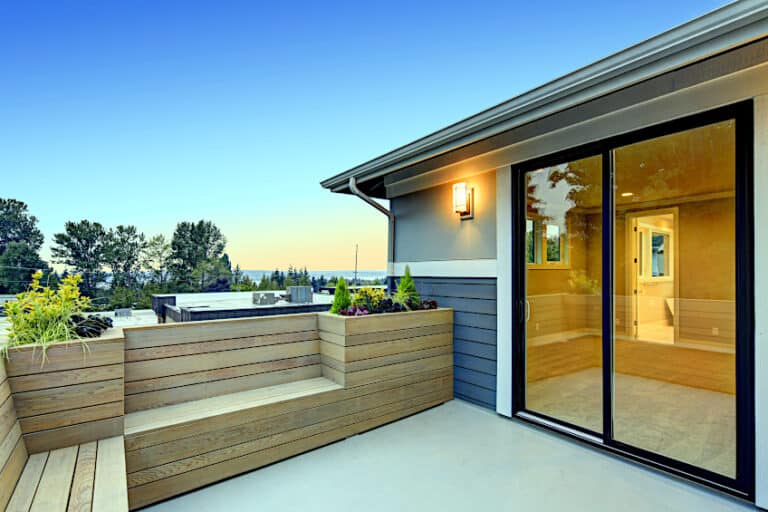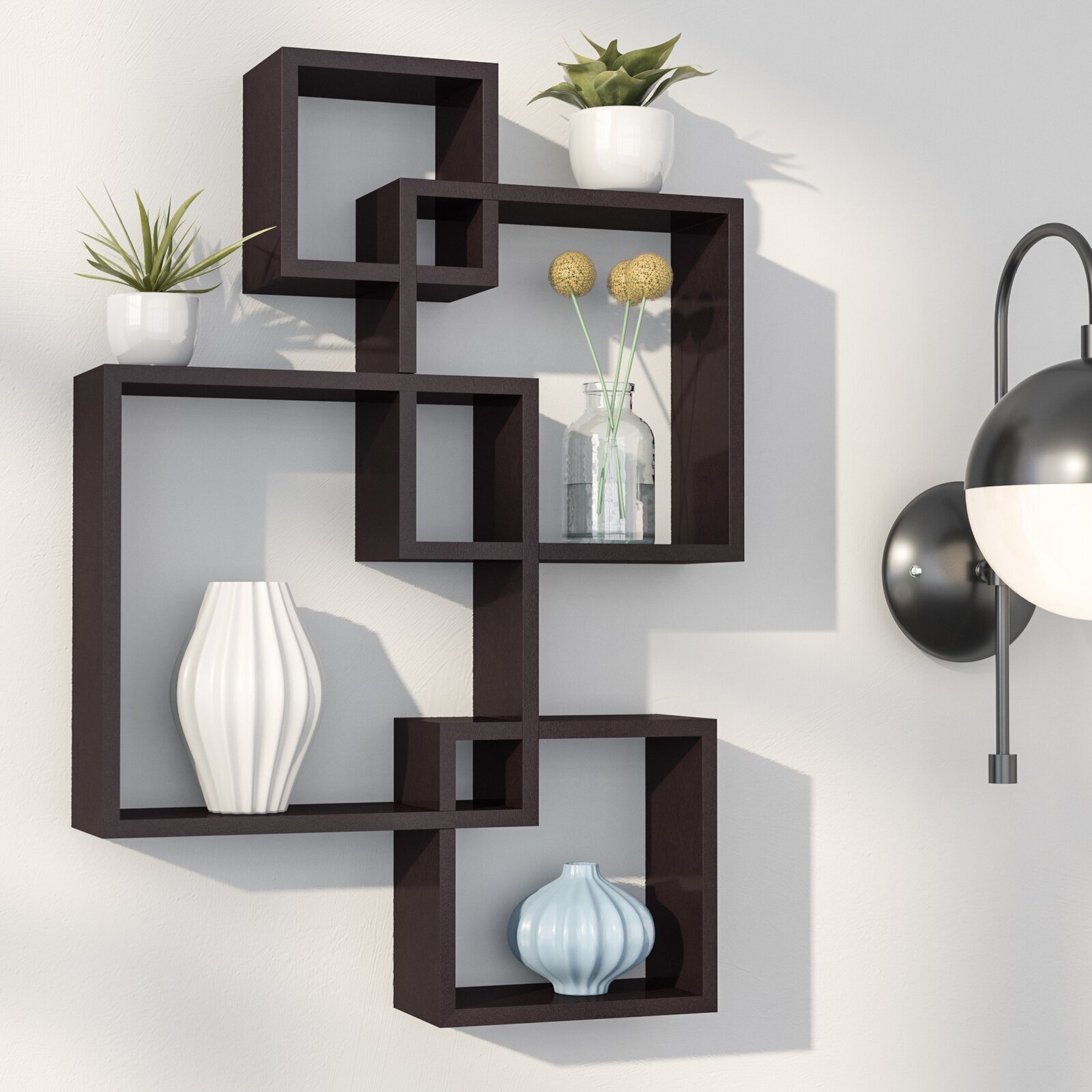
DIY Beginner Woodworking Projects for Home and Garden
Embarking on woodworking projects can be a rewarding experience, allowing you to create beautiful and functional pieces while developing valuable skills. Whether you are looking to spruce up your home décor, add charm to your garden, or simply unleash your creativity, there are numerous beginner-friendly woodworking projects that are perfect for getting started.
This guide will provide a comprehensive overview of DIY beginner woodworking projects for both home and garden, offering detailed instructions, tips, and resources to help you succeed.
Essential Tools and Materials
Before diving into any woodworking project, it is crucial to have the necessary tools and materials. While the specific requirements will vary based on the project, here are some essential items for beginners:
Hand Tools
- Hammer: For driving nails and securing components.
- Screwdriver set: Including both Phillips and flathead screwdrivers for different screw types.
- Measuring tape: For accurate measurements and ensuring precise cuts.
- Level: To ensure that surfaces are straight and horizontal.
- Pencil: For marking cutting lines and transferring measurements.
- Saw: A hand saw or a coping saw for making basic cuts.
- Chisel: For shaping and carving wood.
- Sandpaper: To smooth out surfaces and remove imperfections.
- Clamps: To hold pieces of wood together securely.
- Safety goggles: To protect your eyes from flying debris.
Power Tools (Optional)
While not strictly necessary for all beginner projects, certain power tools can make the process faster and easier. These include:
- Power drill: For drilling holes and driving screws efficiently.
- Circular saw: For making precise straight cuts through wood.
- Jigsaw: For cutting curved shapes and intricate designs.
Wood
Choose wood that is appropriate for your project. For beginners, softwoods like pine or cedar are generally easier to work with. Hardwood options like oak or maple offer greater durability but can be more challenging to cut.
Home Projects
Wooden Coasters
A simple yet elegant project, wooden coasters are a great way to personalize your home décor. You can use scrap wood or purchase pre-cut squares. Sand the wood to a smooth finish, apply a stain or paint, and attach felt pads to the bottom to protect your furniture.
Picture Frame
Creating a custom picture frame is a fun and rewarding project. Choose a picture size and cut the wood to the appropriate dimensions. Join the pieces together with wood glue and clamps, then sand the edges. Add a decorative trim or paint the frame for a personalized touch.
Rustic Shelf
A rustic shelf can add a touch of warmth and character to any room. Use reclaimed wood or rough-cut lumber for a rustic aesthetic. Cut the shelves and supports to size, then secure them together using screws or dowels. Finish with a clear coat to protect the wood.
Wooden Box
A wooden box can be used for storage, organization, or as a decorative accent. Cut the wood to the desired dimensions, join the pieces together with glue and nails, and add a lid. You can customize the box with paint, stain, or decorative hardware.
Garden Projects
Birdhouse
Birdhouses are not only functional but also aesthetically pleasing. Choose a birdhouse design that suits your preference and cut the wood to size. Assemble the pieces using wood glue and nails. Add a perch and an entrance hole. To make it even more inviting, consider adding a natural, bird-safe stain.
Planter Box
A planter box is a great way to add greenery to your garden or patio. Build a simple rectangular box using wood planks. You can stain or paint the wood to match your existing décor. Add drainage holes to the bottom for proper water flow.
Garden Trellis
A garden trellis can provide support for climbing plants and add a decorative element to your landscape. Cut the wood to the desired size and shape, then assemble the trellis using screws or dowels. You can create different patterns and designs to complement your garden theme.
Wooden Garden Markers
Wooden garden markers are a practical and attractive way to identify your plants. Use small pieces of scrap wood and cut them into shapes or write labels using a wood-burning tool. You can paint them or leave them natural for a rustic look.
Tips for Success
- Start with simple projects: Choose projects that are within your skill level and gradually progress to more complex designs.
- Plan your project: Carefully measure and draw out your design before you start cutting wood.
- Practice safe woodworking: Always wear safety goggles, use sharp tools, and be aware of potential hazards.
- Use quality tools: Investing in good quality tools will make your projects easier and more enjoyable.
- Don't be afraid to make mistakes: Everyone makes mistakes in woodworking. Learn from them and keep practicing.
- Take your time: Rushing through a project can lead to errors. Take your time and work carefully.
- Enjoy the process: Woodworking is a rewarding hobby. Take pride in your work and enjoy the journey.
Resources and Inspiration
There are numerous resources available for beginner woodworkers, including:
- Books: Many woodworking books offer step-by-step instructions and tips for beginners.
- Websites: Online woodworking communities and websites provide tutorials, project plans, and inspiration.
- YouTube: Search for woodworking tutorials and videos for step-by-step guidance.
- Local woodworking classes: Many community centers and craft stores offer woodworking classes for beginners.
With a little time, effort, and the right tools, you can create stunning woodworking projects that enhance your home, garden, and overall lifestyle. Embrace the learning process, have fun, and enjoy the satisfaction of crafting beautiful and functional items with your own hands.











